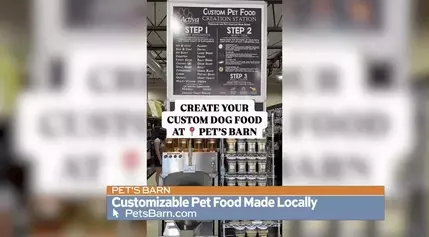In today's fast-paced world, plastic food storage containers have become indispensable kitchen tools. These versatile items help preserve leftovers and simplify meal preparation. However, concerns about their longevity and safety have led many to question how long these containers can be used safely. This article delves into expert advice on selecting and maintaining food storage containers to ensure they remain effective and secure over time.
Understanding Plastic Codes and Quality Differences
To ensure the safety and durability of your food storage containers, it is essential to understand the recycling codes found at the bottom of each item. According to Michael Tunick, a research chemist from Drexel University, containers marked with codes 2 (HDPE), 4 (LDPE), or 5 (PP) are considered safe for food use. These materials are not only durable but also resistant to breaking down under repeated washing. Bryan Quoc Le, a food science consultant, emphasizes that less food-safe plastics can leach harmful components into food, potentially affecting hormone balance and overall health.
When choosing between brand-name and generic containers, Trevor Craig, a scientist specializing in food safety, suggests that while historically there were significant quality differences, the gap has narrowed. Modern generic brands now offer comparable quality, provided you check the numeric codes on the bottom. Brand-name companies like Rubbermaid and Tupperware, though pricier, still offer thicker and sturdier designs built for reliability.
Evaluating Container Condition and Safe Usage Period
The lifespan of a plastic food storage container isn't strictly defined by time but rather by its condition. As containers age, they may develop cracks, chips, warping, discoloration, or persistent odors. Experts advise replacing any container showing these signs. For containers older than ten years, especially those purchased before the 2010s, caution is advised due to potential BPA content, which can leach into food and pose health risks. Tupperware phased out BPA in 2010, making newer models safer for use.
To extend the life of your containers, avoid using dishwashers, as prolonged exposure to hot water can deteriorate plastic. Hand-washing with hot, soapy water is recommended to prevent damage. Quick cleaning immediately after use helps avoid stubborn stains and reduces the need for harsh scrubbing tools that can scratch surfaces.
Conclusion and Personal Reflection
As we navigate the convenience of modern kitchen tools, it's crucial to prioritize safety and sustainability. By understanding the recycling codes, evaluating container conditions, and adopting proper cleaning methods, we can ensure our food storage solutions remain effective and safe. This awareness not only enhances our daily lives but also promotes healthier living. Let’s embrace responsible practices to make our kitchens both functional and secure environments.




















